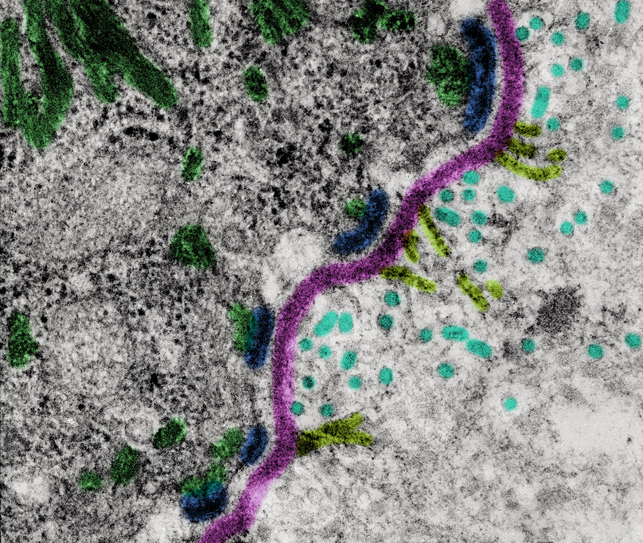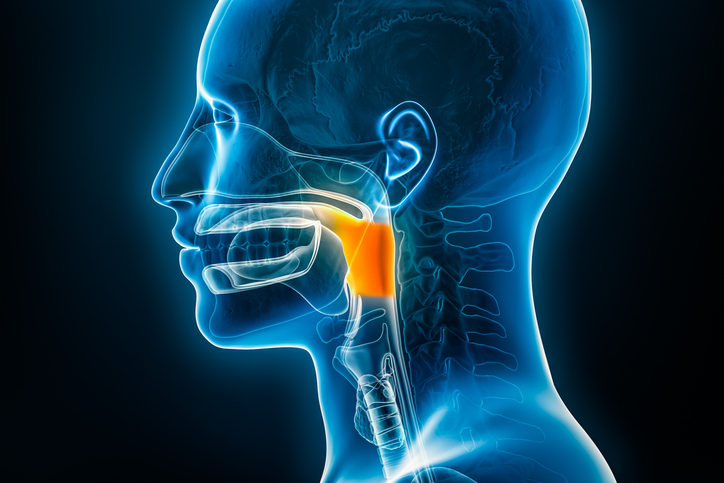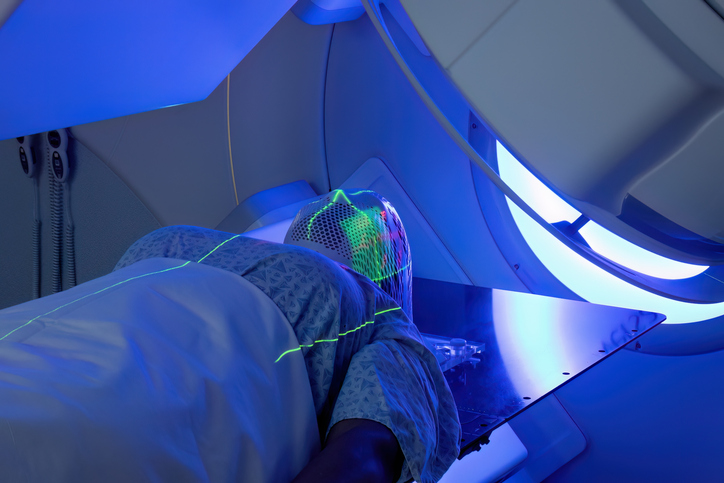
Increasing evidence suggests that the basement membrane (BM) and associated long non-coding RNAs (lcnRNAs) of head and neck squamous cell carcinoma (HNSCC) cells correlate with disease onset and prognosis. A study led by Wenchao Bu and published in Frontiers of Molecular Biology aimed to construct a BM-associated lcnRNA marker to accurately predict the prognosis of HNSCC patients and find novel immunotherapy targets.
The researchers used The Cancer Genome Atlas (TCGA) database to acquire the transcriptome expression matrices, somatic mutation data, and patients’ clinical follow-up data. Using co-expression analysis, they identified BMlncRNAs then filtered the differentially expressing lcnRNAs using FDR<0.05 and |log2FC|≥1 thresholds.
Least absolute shrinkage and selection operator (LASSO), univariate analysis, and multivariable Cox regression were used to develop the risk model; the model then underwent thorough evaluation across diverse perspectives including tumor immune infiltration, tumor mutation burden, functional enrichment, and chemotherapy sensitivity.
Fourteen BMlcnRNA pairs constituted the risk assessment model. The acquired data indicate the reliability of the risk score in its capacity as a prognostic factor. Individuals at high risk exhibited a poorer prognosis, and statistically significant variance was noted in tumor mutation burden and tumor immune infiltration compared with individuals at lower risk.
Heightened sensitivity to paclitaxel and docetaxel was evident in the high-risk patient group. The researchers concluded that, “We have established a BMlncRNA-based prognostic model that can provide clinical guidance for future laboratory and clinical studies of HNSCC.”







 © 2025 Mashup Media, LLC, a Formedics Property. All Rights Reserved.
© 2025 Mashup Media, LLC, a Formedics Property. All Rights Reserved.